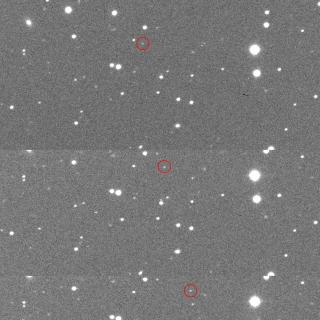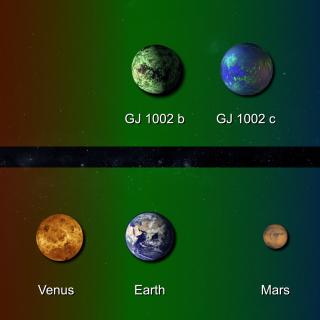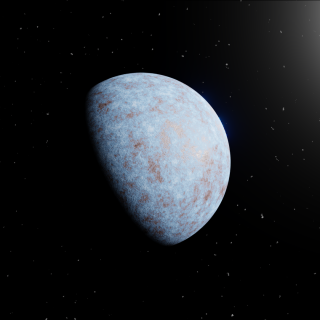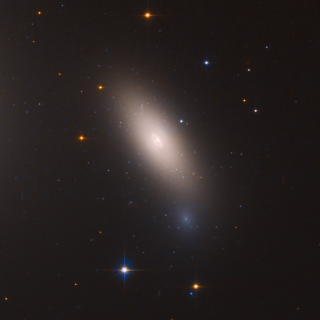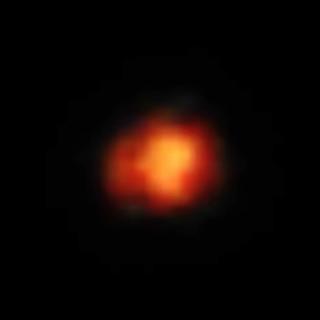
An international study, carried out by the James Webb Space Telescope (JWST) in which the Instituto de Astrofísica de Canarias (IAC) has participated, shows that the universe could produce extremely luminous galaxies at very early epochs, when it was only some 3% of its present age. This result implies that these galaxies formed stars before, and more quickly than predicted by current theoretical models. The study also reveals an unusual galaxy that “imitates” the emission from a very distant galaxy. The results are published in the journal Nature. During the first months of scientific
Advertised on
